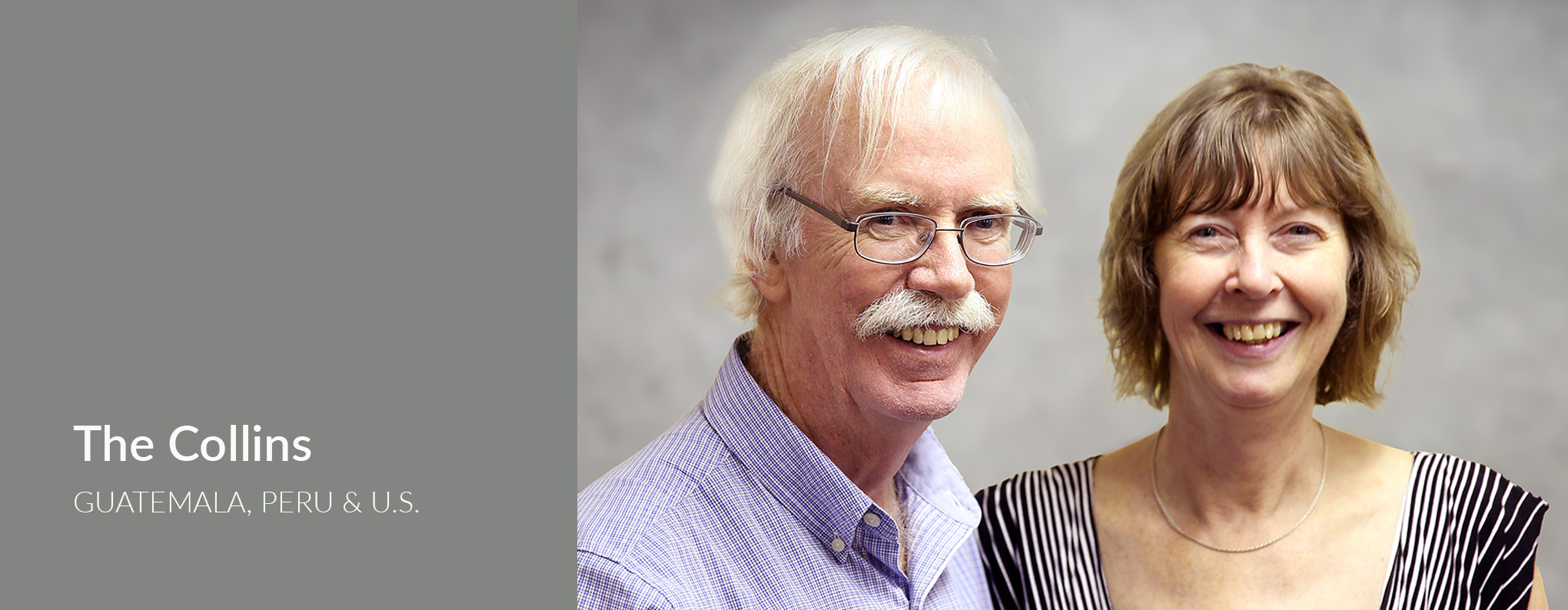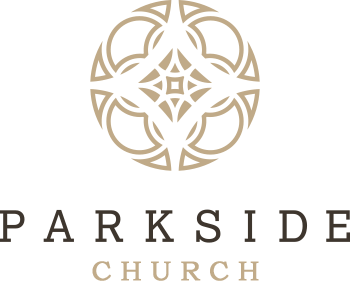
The Collins Family
Collins 2013 November-December Update
Dear and good friends,
I was happy to get e-mails back from my early-morning request for prayer for Byron as he crossed the Mexico-Guatemala border on his way back to Comitancillo last week. A number of you said that you were praying for him. People had two questions concerning that note. The first one was, "Why is the border dangerous? The main reason is delinquency. There are lots of people standing around ready to help you with your suitcases and back pack and then they just take off with them. The border is also a haven for people trying to get to the US. If they can get into Mexico, perhaps they can make their way north to the US border and come across in hopes of finding work. So people hang out at the border looking for opportunities to make money or find a way to travel. There also is a degree of violence related to the drug trade that crosses the border--both ways, actually: into Mexico from Guatemala and into Guatemala from Mexico.
In any event, I got a note from Byron on Monday morning. He said that he got across the border with all his stuff and he got home to his family safe and sound. He mentioned to me that his sweet 18-month daughter, Anita, won't leave his side.
The second question had to do with me mentioning that the three weeks in Oaxaca were perhaps the most productive three weeks of my life. Several of you took this philosophically and wondered how i could determine something like that. Actually I mentioned it sort of off-handedly. But I was thinking of production in terms of effort expended. The workshop was a grammar workshop. SIL colleagues of ours developed a computer program that provides a template for what a general grammar analysis of a language should contain--i.e. how do the nouns, verbs, adjectives, prepositions, adverbs--and especially the pronouns--"work" in the language, how do they combine, how do they change, etc. Depending on how we answered questions in the early part of the template, new questions would be asked. So we supplied words and answers to questions in Mam and the grammar went about sort of forming itself. If this sounds like magic to you, you get the picture. After 11 days of full-time dealing with questions, the program said that we were done. We clicked on an icon and printed a first draft of a Mam grammar--120 pages long. This could well have been a doctoral dissertation, but it got hammered out in just 11 days. It sort of makes me realize that the years I spent working on my dissertation, were perhaps not so productive. The workshop leaders (who were the ones that wrote the program told us that we could generate a second grammar which is a comparison of Mam grammar to Spanish grammar and how they stack up. In some ways the two languages are similar, while in other ways they are very different. This second grammar, since it depended on the same data as the first, was printed out in a matter of a few minutes--also 120 pages.
For someone like me who has studied Mam language and grammar for years, kicking out two grammars in two weeks was pretty cool.
I also learned the initial steps of a program that creates spectograms, which are the "footprints" of sound waves. These can be useful in language analysis to "see" how the sounds differ that one might be interested in. In Mam, I am of late particularly interested in the difference between a plain old [n] as in [nice] and the [ng] sound as in [sing]. My hunch was confirmed, and I'm pretty proud of myself--although I shouldn't be. Indians told me thirty years ago about the distinction in their language between [n] and [ng], but I didn't believe them. So actually, they are the ones proved right, not me. I was wrong on this for years, but I finally got to "see" what they had been telling me all along. I'm sort of a slow learner. Really. Learning this was gravy. It wasn't part of the workshop. It happened that one of my SIL colleagues at the workshop is an expert at spectograms.
Last in my series of productive moments was that Byron and I took an old verb dictionary that a Mam buddy and I co-authored 22 years ago, and we imported it via e-mail into a new format where all the words from the old book got into a new book that Byron and I began to expand and embellish. Not only the words came into the new book, but all the definitions and illustrative sentences as well. Now, instead of having to do the whole thing over, thanks to the work of a few dear and geeky computer people, we can start where we left off 22 years ago and build an even better dictionary, based on what we've learned recently about how the language works. One of the big positives of the dictionary is that local high-school teachers would like to make it required reading for their students, so we have a ready market for it when it gets done and published.
All of this adds to the growing luster of this beautiful language. As people learn literacy skills and see more written in their language, they realize the blessing that their language truly is. It is unique and complex and loaded with meaning.
So it was a good three weeks for us, not so much for the input. We did a bit of that--not too much. Rather it was the output that was so wonderful, and most of that wasn't us, it was the programmers. So they are the ones who should be taking a bow.
Thanks for your prayers. It was a great three weeks.
In the photo below, it's Wes, Byron, and Andy, one of the computer geeks.
Have a wonderful Thanksgiving and a precious holiday season.
Blessings to all.
Wes, and for Nancy
